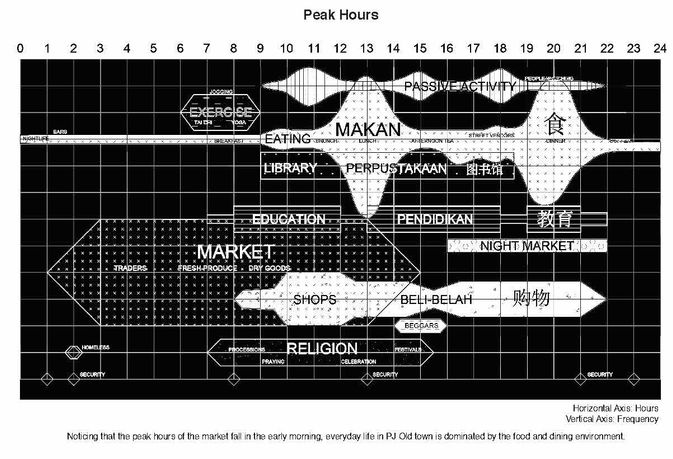


Architectural
Design Thesis I
The design project involves three stages, which are thesis proposal defense (Project 1) in which include a self-formulated design brief for the proposed architectural thesis in response to critical analysis and research, design thesis exploration (Project 2) in which to create architectural strategies as response to the contextual findings, user requirements, programmatic exploration; and a schematic design proposal (Project 3) in which develop an architectural design as a narrative to the research question in architecture and cluster aims to be developed in Archiectural Design Thesis II.

Project 1: Thesis Proposal Defense
The thesis proposal defense defines the research framework and focus of the thesis to the panel of examiners. The expected outcomes include a self-formulated design brief for the proposed architectural thesis in response to critical analysis and research.
Project 2: Design Thesis Exploration
Once the thesis has been understood and clarified, I started to make decisions on the focus and direction of the architectural project. Experimentation and testing through drawings and models will move into a more defined situation. Then, implemented the Design Thesis Proposal, reflecting the theoretical and methodological rigor demonstrating outcomes of creative interventions resolved through architectural inquiries. The work responded to the design brief and proposal and refer to a broad range of cultural and architectural precedents that should be evidenced in the development of the design and communicated the intellectual approach, the analysis of site context, user requirements, programmatic exploration, and spatial strategies.
Project 3: Schematic Design Proposal
The design has been developed to the level of a architectural exploration and resolution that focuses on the previously explored research questions and cluster aims. The focus is on the elaboration of design possibilities that is relevant for the proposition and continuous development of the thesis in Architectural Design Thesis II.























